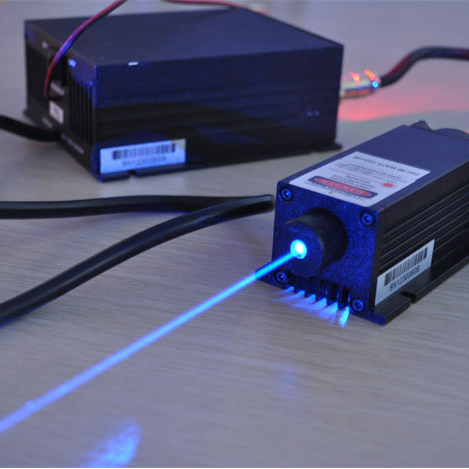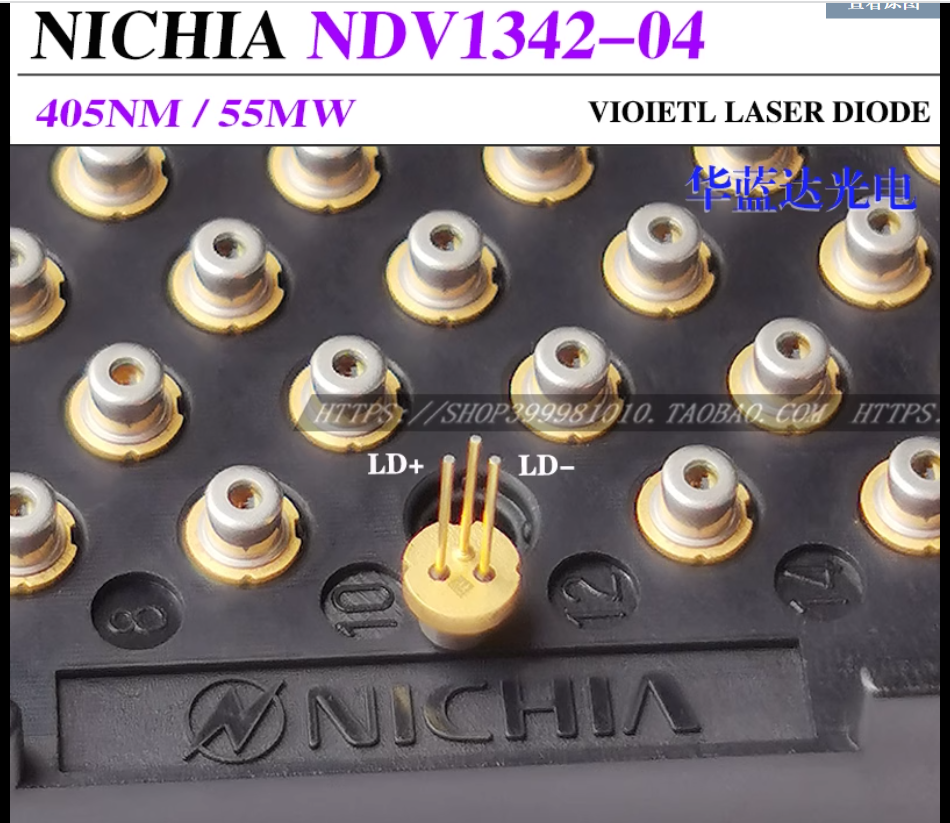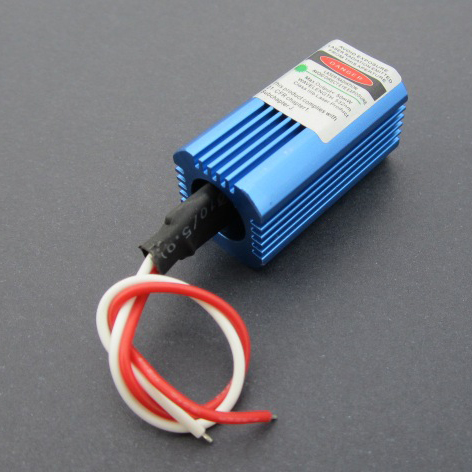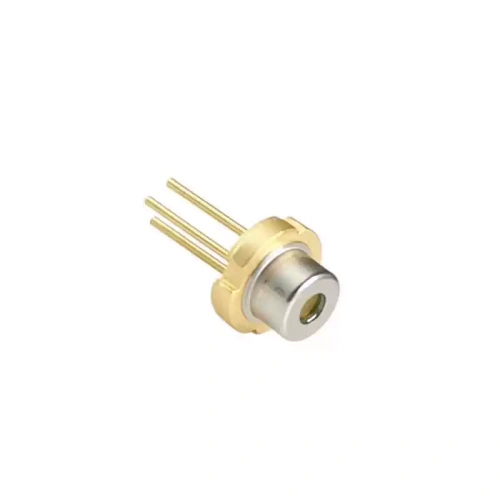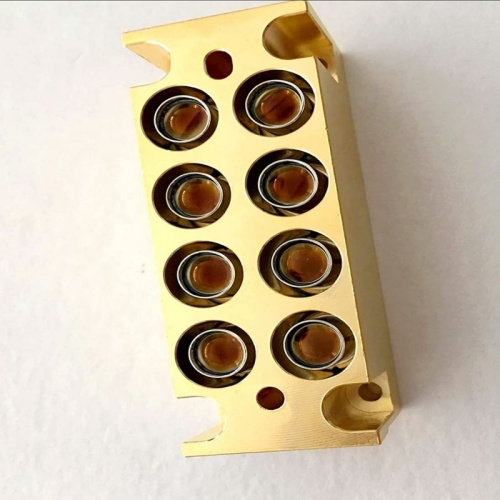DPSS (Diode-Pumped Solid-State) lasers have gained significant popularity in various industries due to their unique properties and wide range of applications. In this blog post, we will explore the principles behind DPSS lasers and discuss some of their key applications.
Principles of DPSS Lasers
DPSS lasers utilize a diode laser as the pump source to excite a solid-state gain medium, typically a crystal or a glass. The pump light is absorbed by the gain medium, causing the electrons to transition to higher energy levels. When these excited electrons return to their ground state, they emit photons with specific wavelengths, resulting in laser light.
One of the main advantages of DPSS lasers is their high efficiency. By using a diode laser as the pump source, the energy conversion from electrical to optical power is highly efficient. Additionally, the gain medium in DPSS lasers can be designed to emit laser light at specific wavelengths, making them ideal for applications requiring precise and stable output.
Applications of DPSS Lasers
DPSS lasers find applications in various fields, including:
- Medical: DPSS lasers are used in dermatology for tattoo removal, skin resurfacing, and hair removal. They are also used in ophthalmology for vision correction procedures like LASIK.
- Industrial: DPSS lasers are used for marking, engraving, and cutting in industries such as automotive, electronics, and jewelry.
- Scientific: DPSS lasers are used in research laboratories for spectroscopy, fluorescence imaging, and particle manipulation.
With their versatility and reliability, DPSS lasers continue to be an essential tool in various industries, driving innovation and advancements in technology.



